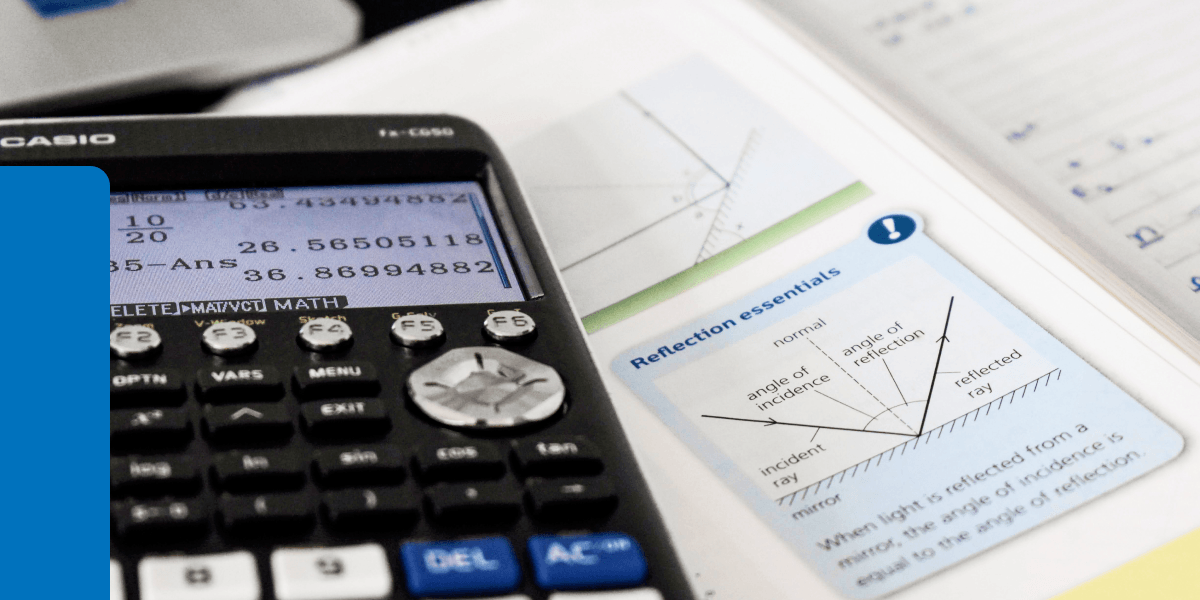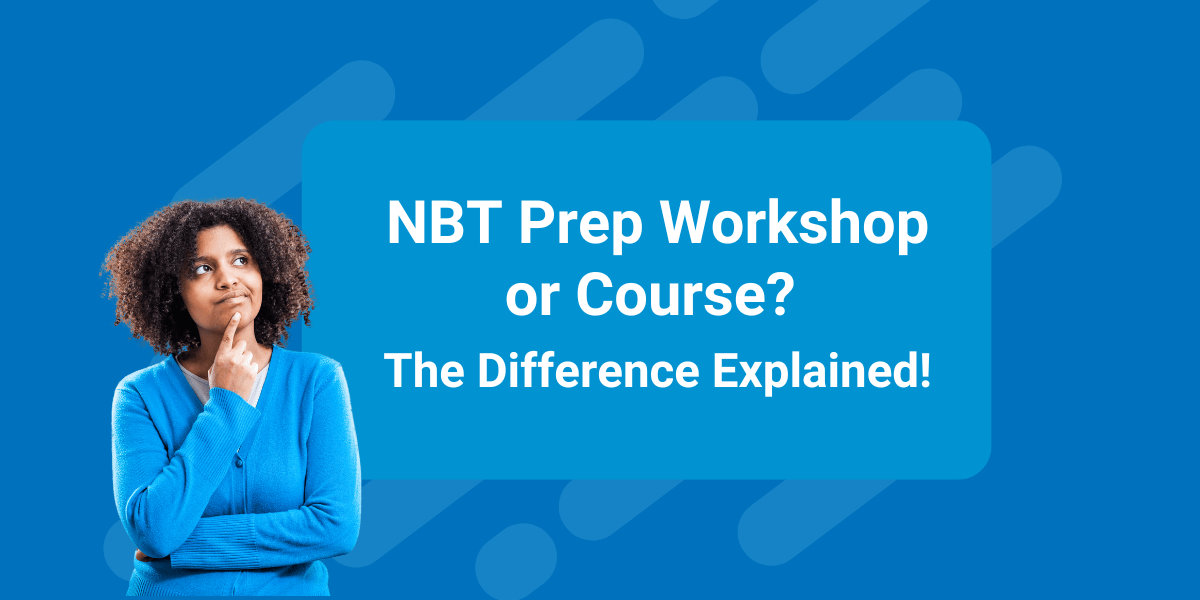
Teaching Senior Phase geometry: Don’t miss this turn to make a difference!
Maths
Neo Series


We’re excited to have held another Educator Session powered by Neo Series. The purpose of these sessions is to give educators an opportunity to engage with a topical issue in high school Maths education via a keynote speaker and discussion. If you’re an educator looking to join us live for our next session, click here to visit our webinars page and register for the next one or reach out to us at [email protected]. In this session, Craig Pournara, an Associate Professor of Maths Education at Wits University and director of Wits Maths Connect Secondary Project joins us to share insights in teaching Geometry. Here’s what Craig has to share on this important topic.
In a recent webinar I presented for Advantage Learn, I referred to four mathematical transitions that take place in Senior Phase Mathematics. These transitions make teaching and learning maths in these grades particularly difficult. One transition involves Geometry. Here the shift is from focusing on features of tangible shapes (like squares, cubes, circles) to focusing on properties of shapes, the relationship between these properties and then logical arguments leading to geometric proofs. But before we get to focus on properties and relationships, we need to be sure that learners have a good understanding of things like angles.
The Wits Maths Connect Secondary Project has conducted research with thousands of learners in Grades 8, 9 and 10. We found strong evidence that far too many learners do not distinguish between angle-measure and length-measure. So they might add a measurement in centimetres to another measurement in degrees. I provided an example of this in the webinar.
In this blog, I focus on two basic ideas that underpin all Euclidean Geometry. The first is the concept of angle as an amount of turn. The second involves a focus on relationships between angles in diagrams.
Euclidean Geometry: The concept of an angle and representing it in diagrams
The notion of an angle is an important part of learners’ foundational mathematical knowledge and should be introduced in Foundation Phase but many learners don’t have an appropriate concept of an angle when they get to high school. They need to understand an angle as an amount of turn. We can illustrate this with our bodies, and with physical apparatus such as a pair of dividers.
But the challenge comes when we try to represent angles in 2-D diagrams. We need to draw attention to the vertex, the arms and the amount of turn that has created an angle between the 2 arms. Textbooks, posters and materials on the web don’t always emphasise these key components clearly. For example, when representing an angle of 180 degrees, some texts don’t show a vertex but merely draw a line. Some texts also colour the angle which draws attention to the coloured area rather than the amount of turn.
The diagram in fig. 1 is intended to represent an angle of 180 degrees but it looks more like a blue sunset!

The diagram in fig. 2 shows the arms, the vertex and an arc with an arrow. This arc needs to be read as showing an amount of turn. In producing this diagram, I deliberately did not include arrows on the end of each arm/ray so that the only arrow to attend to, is the one indicating a turn.

Of course, diagrams are not enough. We need to provide tasks for learners that require them to imagine an arm turning. This is important for geometry, but possibly even more important for trigonometry when we want learners to connect the rotation of an arm around the origin with the graphs that are generated as the arm rotates.
Here are two examples of tasks that emphasise a dynamic view of the diagram rather than a static view. Fig. 3 comes from the WMCS Geometry materials.

In the diagram, we use the solid arc to indicate the size of the angle SQR. We use the dotted arc to suggest that QS is rotating past QR to the right. So we might ask: how much must QS rotate so that it bisects the angle PQR? In both cases, learners must imagine movement in the figure and think about rotation where point Q remains stationary.
The diagram in fig. 4 contains many possibilities for questions and opportunities to increase the level of demand. Assume we are given that: ABC is a straight line. The sizes of the three angles are indicated.

We can ask static questions like “what is the size of the angle FBE?”
But we can also ask questions that reinforce the idea of turn and require a dynamic view of the diagram where parts of it can move. Here are three examples:
- How much must BE rotate so that FBE forms a straight line?
- How far must BD rotate so that the angle FBD = 90 degrees?
- How much must AB rotate so that it lies on top of BE?
The last question requires learners to think about straight line ABC as consisting of two arms which can be moved separately to change the angle which means ABC will no longer be straight.
Euclidean geometry: Focusing on relationships between angles in diagrams
Euclidean geometry involves making sense of diagrams and building deductive arguments to prove whatever the textbook or teacher asked learners to prove. We know that this is very difficult for many learners. In our work with learners and teachers, we have had success with tasks that require a focus on the diagram without the burden and anxiety-inducing list of things to be proved. So, instead of tasks which direct the learners to specific angles, sides or shapes, we focus first on tasks that open up the diagram and it helps to do this without providing any measurements.
This encourages learners to look at lines, points, triangles, etc and pay attention to the properties of the figures and the relationships between lines and angles.
I illustrate this with reference to fig. 5. First we need to make explicit the features of the diagram:
- JK is parallel to LM
- HF intersects JK at A and it intersects LM at C
- B is a point on JK
- AC = BC

Now we can ask learners to show pairs of corresponding angles, alternate angles, co-interior angles and vertically opposite angles. This requires them to look at many parts of the diagram. Note that I didn’t specify that they must find all four pairs of alternate angles.
We could also focus on external angles and ask learners to indicate which internal angles can be added together to equal each external angle. Fig. 5 contains many external angles to triangle ABC but it also requires them to look carefully around vertex C to decide which angles are external to the triangle.
Then we could ask how many angles are equal to the angle ABC. We could expect learners to indicate the angles and then we should ask them to explain how they know the angles are equal. This is typical geometric reasoning but it does not take the form of an intimidating two-column proof. It would be totally appropriate for learners to write sentences to explain their reasoning.
So, without putting any angle sizes on the diagram, we have got learners to do a lot of important geometric work.
I end with a twist. Below I give four statements about angle sizes related to fig. 5. We only need to give learners one of these statements to enable them to calculate many angle sizes.
- Angle ABC = 40 degrees
- Angle LCF = 140 degrees
- Angle MCF = 40 degrees
- Angle ACB = 100 degrees
The question to teachers is:
Which angle size is the best choice to give to learners to calculate the angles in the diagram? Justify your choice.
I’d love to hear the teacher discussions which always arise when colleagues start debating things like this. If you’d like to share your thoughts with me, email me at [email protected]
This article was originally published on 30 Sep 2022
About the author
Craig Pournara
Craig Pournara is an Associate Professor of Maths Education at Wits University. He is currently a director of Wits Maths Connect Secondary Project. In recent years most of his research and development work has focused on teaching and learning mathematics in Senior Phase. Craig longs for the day when more learners can do more maths because it makes sense to them. He longs for the day when more teachers teach maths better because it makes more sense to them too. He does what he does to make those two longings a reality in his lifetime.

NBT Prep Workshop or Course? The Difference Explained!
Uncategorized
NBT
Education
Student tips
Preparing for the National Benchmark Test (NBT) is an essential step for students who want to secure a place at a South African university. Your NBT t... Read more

10 Study Tips for a Successful School Year
Student tips
Featured
Let’s take a look at some of the tips you can implement to boost your academic performance and get into the rhythm now in the first term! As the 2025 ... Read more

Unlocking Opportunities with Further Studies English: Faye’s Journey
Further Studies
Featured
Our recent Further Studies (AP) English webinar gave a firsthand look into the significant advantages of Further Studies programmes. With the inspirin... Read more
Do you want better Maths results?
Maths Online is a bank of over 2000+ extra lessons. Furthermore, gain access to our teacher support to help you when you need it!
More info

























